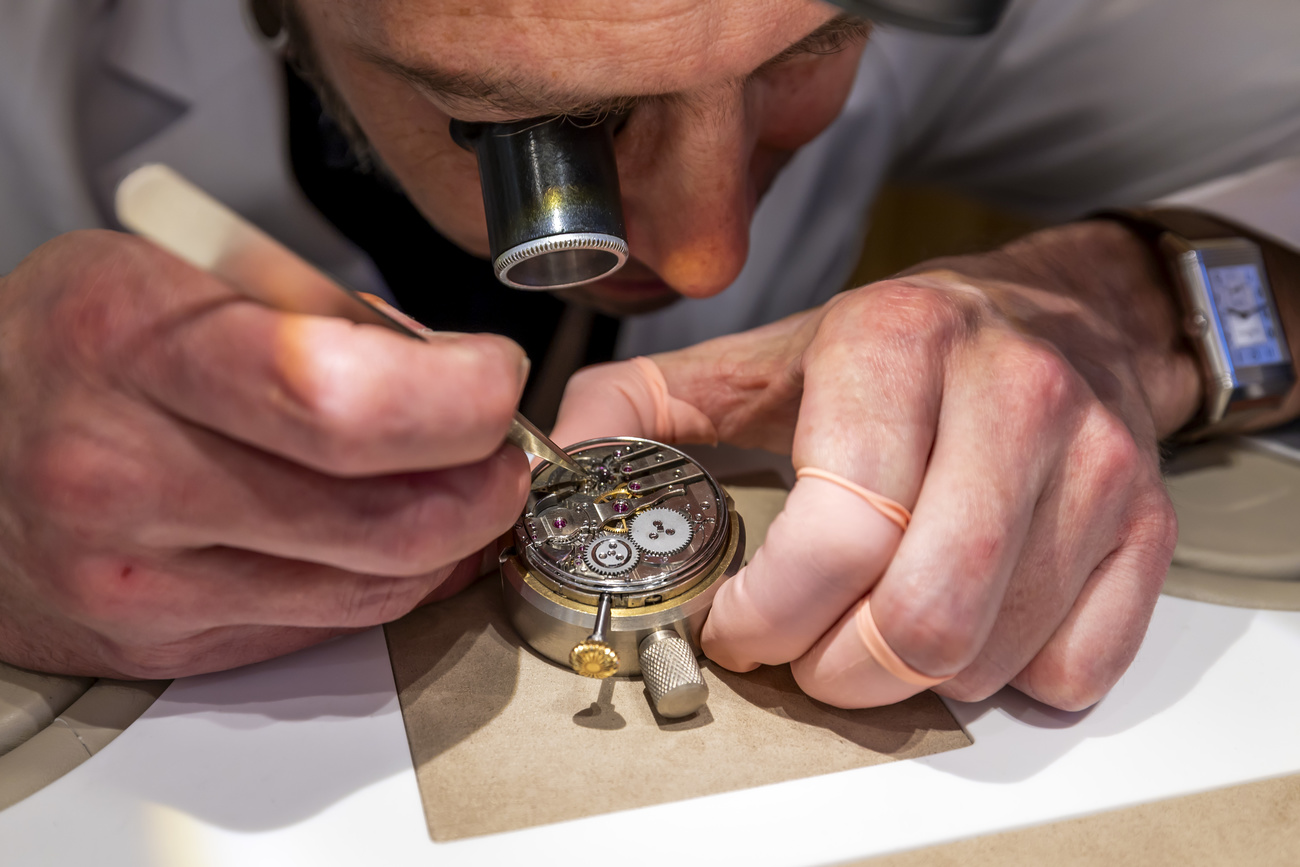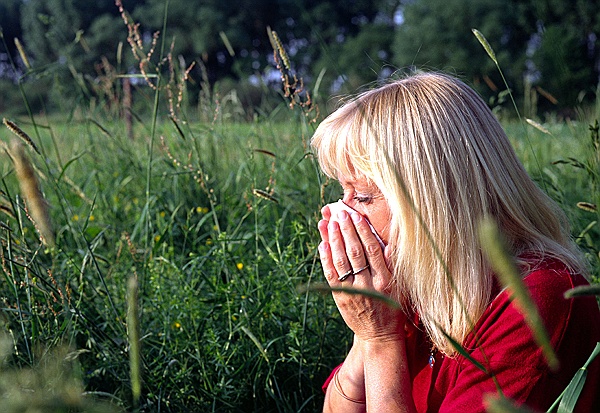Living with food allergies
Can you imagine living in Switzerland and not being able to eat any of the country's famous chocolate and cheese? That's been the experience for blogger Heddi Nieuwsma’s three-year-old son with a milk allergy.
I discovered my son’s milk allergy when he was nine-months-old and had a small amount of infant formula. His hands and entire face almost immediately broke out in hives.
After meetings with his pediatrician and an allergist, the test results indicated he should also avoid eggs, peanuts, tree nuts and sesame because of potential allergies to these foods. As a precaution, I followed this advice until further testing could be done following our move from the United States to Switzerland in 2012.

Once we arrived, I found myself standing for long periods of time at the supermarket reading food labels in French, trying to decipher whether or not a product contained my son’s allergens. We avoided restaurants. Every time we were invited to someone’s house for the first time, I had to explain why I would bring our own food. When we went to the park, I felt like I had to constantly watch him in case he accepted someone’s kind offer to share a snack.
When I initially bring up my son’s food allergies, people often confuse them with a food intolerance (and everyone assumes he cannot eat gluten, even though he can). Unlike food intolerances, which primarily affect the digestive system, food allergies affect the immune system. For example, my son could have a bad stomach ache if he consumes milk, similar to a person with a food intolerance, but he is also susceptible to a severe and potentially life threatening allergic reaction, known as anaphylaxis. As a result, no matter where we are, I always carry along two adrenaline auto-injectors prescribed by our son’s pediatric allergist. Thankfully, he has never needed these injections.
Estimating the prevalence of food allergy
According to the European Academy of Allergy and Clinical Immunology (EAACI), which has its headquarters in Zurich, one in 20 European children has at least one food allergy. Furthermore, it states that the number of hospitalisations caused by severe allergic reactions has experienced a seven-fold increase during the last decade. It recommends greater awareness and education across Europe to help improve the management of food allergies and anaphylaxis.
During the last two months, EAACI has been disseminating information on these issues as part of its public awareness campaign, ‘Beware of Allergy’, to help support the estimated 17 million Europeans living with a food allergy. In Switzerland, the aha! Centre d’Allergie Suisse indicates that approximately 4-8% of the Swiss population has a food allergy. Last month, aha! organised a National Day of Allergy.
At seven train stations across the country it shared informational materials related to this year’s campaign message: “une bonne information et prévention pour une meilleure qualité de vie” (good information and prevention for a better quality of life). Among other activities, aha! also sponsors summer camp programs for children with food allergies and intolerances to help ensure equal access to recreational opportunities in Switzerland.
Testing for Food Allergies
Now that our family has been in Switzerland for nearly three years, we have conducted additional tests to assess our son’s food allergies.
Allergists generally conduct three kinds of tests to determine food allergies: 1) a skin prick test, 2) a blood test and 3) an oral food test. The skin prick test provides an immediate result, as it involves placing a very small amount of a potential or known allergen into the patient’s skin to evaluate how the person will react. A blood test requires the physician to evaluate the level of antibodies present that could trigger an allergic reaction.
An oral food test is routinely referred to as the “gold standard” in determining the presence of a food allergy. The patient arrives at the doctor’s office or hospital and must eat several increasing doses of an allergen, waiting for a period of time after each dose to determine if any reaction occurs. Throughout the test, medical staff monitor the patient’s heart rate and blood pressure and look for other symptoms, such as hives or swollen lips, to determine if a reaction is occurring.
Altogether, my son has participated in six oral food tests since we arrived in Switzerland.
To date, he only has milk left among his original list of allergens. Based on his most recent food tests, he can even tolerate eating foods with baked milk and with baked egg—foods like cake or bread baked for 30 minutes at 180 degrees Celsius. Somehow, extensively heating these foods changes the proteins, which increases the likelihood that people with these allergies can safely consume them.
Food allergy treatment
Researchers seem to be getting closer to understanding the cause of food allergies, but at this time, there is no official cure. Unless a patient is participating in a clinical trial, the recommended course of action for food allergies is typically strict avoidance. Promising treatments, like oral immunotherapy – in which patients are given increasing doses of an allergen over time in order to strengthen their tolerance – offer hope for the future, but they are generally not part of routine clinical practice at this time.
Thankfully for my son, children have the advantage that they may outgrow their allergies as they get older. While milk and egg allergies are more commonly outgrown, shellfish, peanut and tree nut allergies are more likely to continue into adulthood and tend to cause more severe reactions.
Imagining life without food allergies
Next month, my son will have his seventh food test: this time for cold cow’s milk. If he consumes all fives doses and has no reaction, then his journey with food allergies might finally be over. This outcome has always been my goal for him, but I never thought it would be possible a few years ago. He has been very lucky – now we can buy bread and pastries from our local boulangeries for him without any concerns. To see him eat a croissant, just like any other kid, has already been such a gift.
If you or someone you know has food allergies, and you need additional guidance and support, I recommend contacting aha! Centre d’Allergie SuisseExternal link. In addition, there are several patient support groups for food allergies in Switzerland (in German, French and English).
Finally, my personal blog, Dairy-Free SwitzerlandExternal link, has recipes, restaurant recommendations and more related to food allergies in Switzerland and beyond.
The views expressed in this article are solely those of the author, and do not necessarily reflect the views of swissinfo.ch.
Opinion series
swissinfo.ch publishes op-ed articles by contributors writing on a wide range of topics – Swiss issues or those that impact Switzerland. The selection of articles presents a diversity of opinions designed to enrich the debate on the issues discussed.

In compliance with the JTI standards
More: SWI swissinfo.ch certified by the Journalism Trust Initiative











You can find an overview of ongoing debates with our journalists here . Please join us!
If you want to start a conversation about a topic raised in this article or want to report factual errors, email us at english@swissinfo.ch.